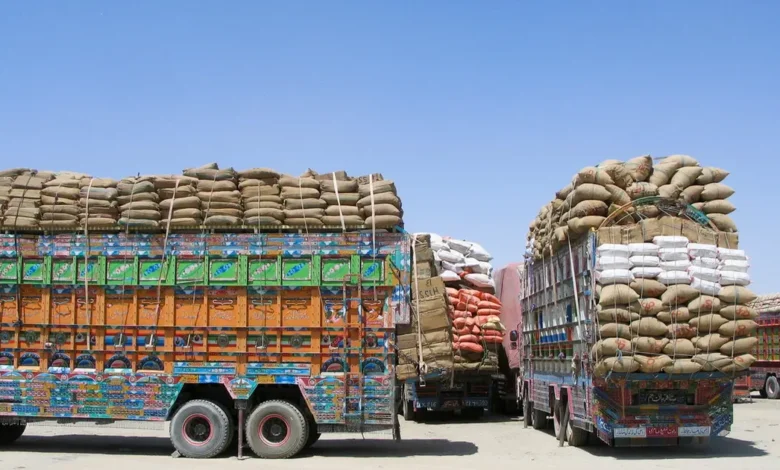WFP set to run out of money for food assistance to Afghans in October

Food assistance to Afghanistan will shrink to nothing by the end of October under current funding projections, the World Food Program’s country director told Reuters on Friday, as United Nations officials continue to warn against funding reductions amid Taliban restrictions on women.
The WFP has already slashed rations and cash assistance from 8 million Afghans this year, underscoring the severity of financial challenges aid agencies face in Afghanistan, home to what the United Nations considers the world’s worst humanitarian crisis.
“It’s five million people we are able to serve for another couple of months but then beyond that we don’t have the resources,” WFP Afghanistan Country Director Hsiao-Wei Lee told Reuters. “That I think conveys the urgency of where we stand.”
The reductions would start in August, fall further in September and halt in October, according to the WFP’s estimates of current funds and financial assistance promised by donor countries in coming months.
The United Nations has already had to slash its humanitarian plan funding request as donors hold back. International officials say the stall is in part due to competing global crises and strained government budgets, but also exacerbated by the Taliban administration’s restrictions on women that advocates say contributes to the funding decline.
Since December, Afghan female humanitarian staff are largely barred from work unless organizations gain exemptions from local officials.
Around 15 million Afghans in danger from lack of food are in need of assistance, according to WFP.
WFP needs $1 billion in funding to provide food aid and carry out planned projects between now until March, Lee said.
WFP would stay in Afghanistan and carry out its other work such as nutrition projects, Lee said, even if the projected cuts took place.
Lee said the restrictions on women were a “valid concern” from donors, but added that around half of WFP’s beneficiaries were women and girls and they were still able to reach women.
Lee added that the positioning of food for the country’s harsh winter must be complete by October to prepare for the colder months, and needed just over $100 million to carry out. Parts of mountainous Afghanistan get cut off by snow in colder months.
Currently the agency had no funds for the operation and was forced to decide soon whether to reduce rations earlier than otherwise projected as time ran out in order to get food in place.
“They’re very difficult conversations and very emotional ones …. our field staff in particular are constantly having to face conversations around why this assistance needs to be reduced,” she said.
“For someone who has a hungry child it’s really hard to understand why their hungry child is not selected for assistance but another family’s hungry child may be hungrier.”











